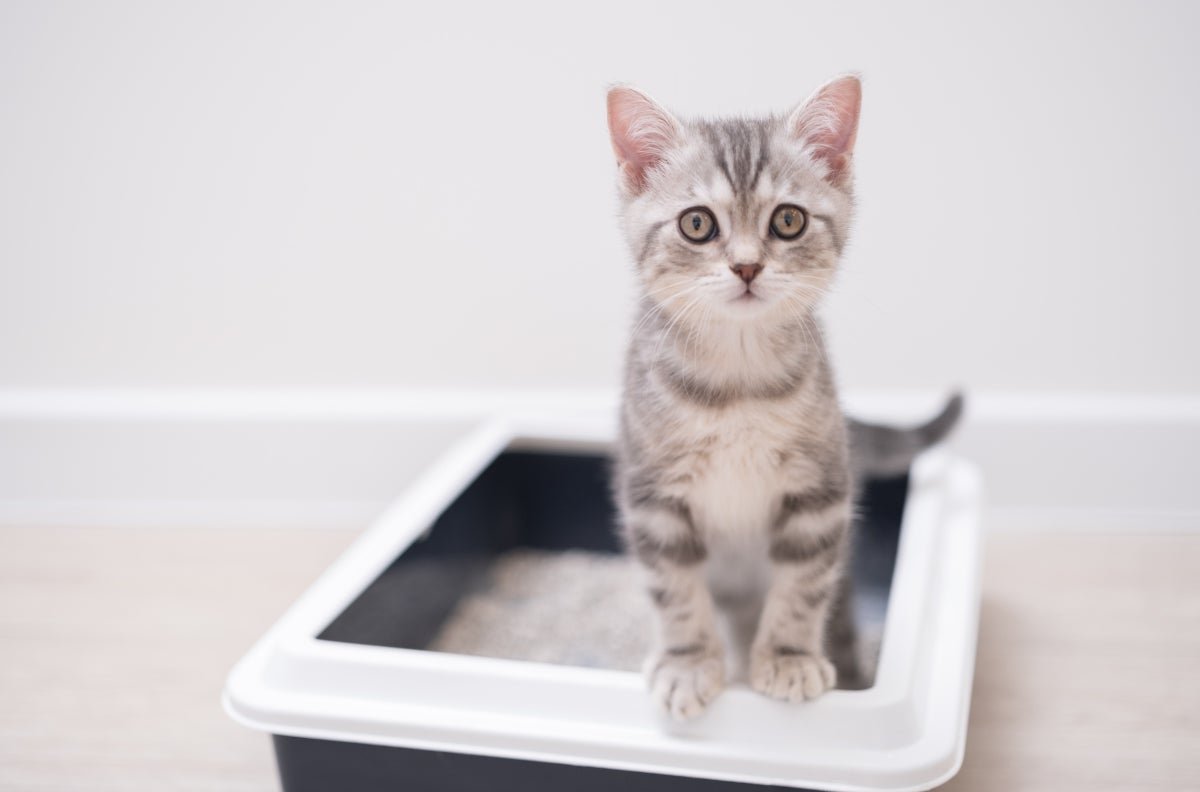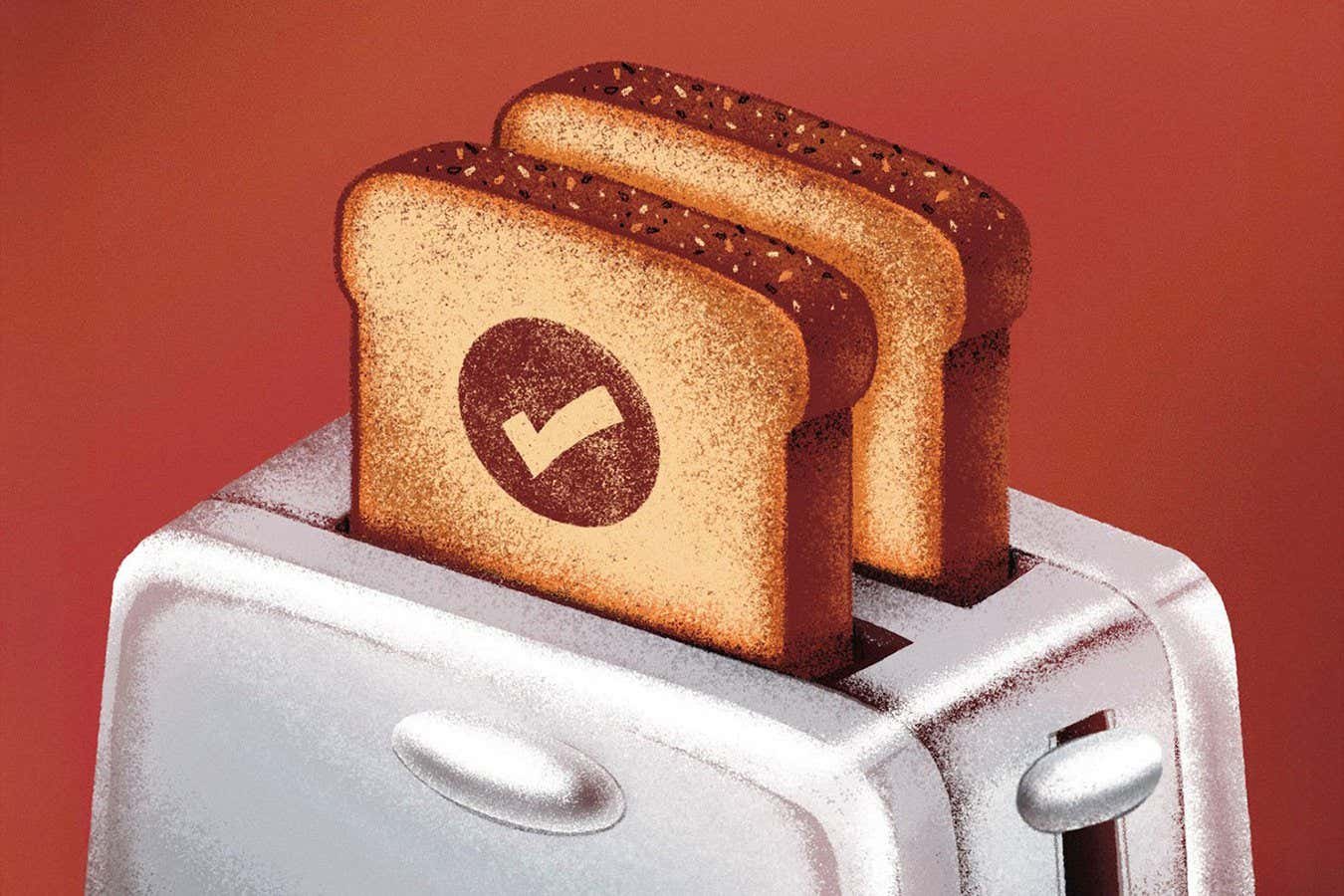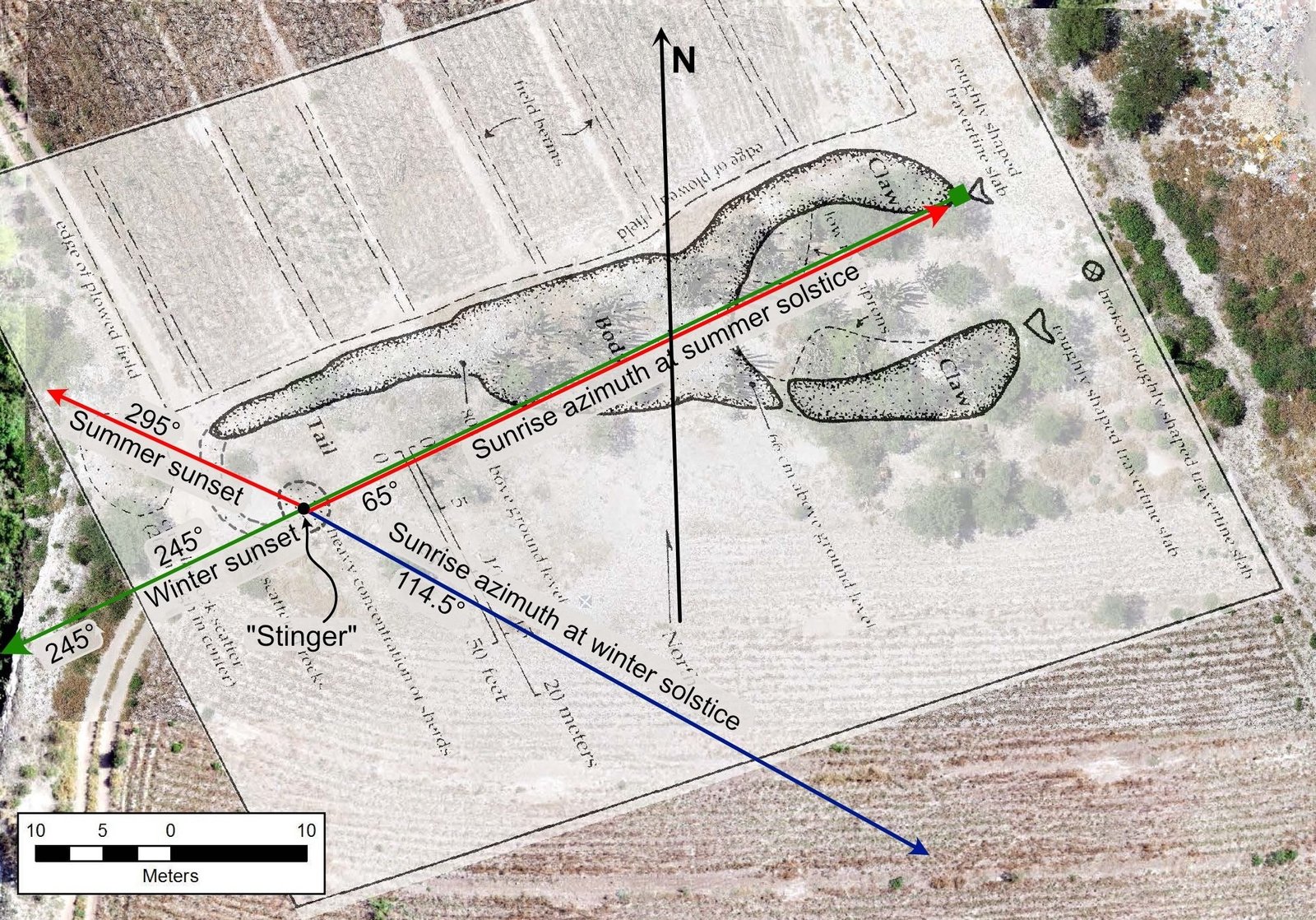To cat owners, a litter box is a nuisance. But to scientists, it’s a trove of information. A team of researchers at Nestlé Purina PetCare decided to investigate litter boxes as records of behavior: the pre-squat scratch, the whirl, the precise geometry of the bury.
The scientists built a painstaking dictionary of these gestures—a full “ethogram,” or catalog, of species-specific behaviors—and then identified the distinct moves in feline bathroom habits: grooming, digging, sniffing litter. “We landed on 39 different behaviors that cats do in a litter box, with the understanding that depending on their satisfaction with the litter box, the environment and the dynamics around them, those behaviors will shift,” says Ragen McGowan, director of digital and AI product development at Purina and one of the authors of a paper published recently in Applied Animal Behaviour Science on the development of Purina’s AI-powered litter box monitor. “We realized this ethogram could be a window into their health.”
Cats commonly suffer from diabetes, obesity, kidney disease, hyperthyroidism, urinary tract infections and many more conditions. The researchers hoped to predict and stave off these ailments by training an artificial intelligence system on everything a cat can do in a litter box. They believed that AI could warn cat owners of feline health concerns long before the cats—ever stoic and aloof—showed signs.
On supporting science journalism
If you’re enjoying this article, consider supporting our award-winning journalism by subscribing. By purchasing a subscription you are helping to ensure the future of impactful stories about the discoveries and ideas shaping our world today.
But arriving at the 39 behavior types wasn’t easy. The project began in 2018. The team gathered data from 191 cats—140 at a company research center in Missouri and 51 in private homes. The researchers placed scales with a sensor at each corner that could detect tiny changes in weight and movement under litter boxes. They then made video recordings of every bathroom visit so that artificial intelligence could correlate the visual data with the weight and movements that the sensors recorded. But for the AI to do that, the scientists first had to generate the ethogram.
Watching the videos, they labeled every nudge and movement, peering at ear angles, at the bunching or flaring of whiskers. If you’ve ever watched a cat rotate exactly three and a half times before committing to a square inch of litter, you begin to understand the research process—multiplied hundreds of thousands of times. “We took over 300,000 videos of cats eliminating in different scenarios—single cat, multicat, all different types of litter boxes,” McGowan says.
The team then paired those video labels with the weight and movement data so that the AI could distinguish a quick tinkle from a philosophical contemplation. “We would work closely with our behaviorists to discuss what they’re looking at in the videos, and then we had to develop mathematical equations,” says Natalie Langenfeld-McCoy, manager of AI product development at Purina.
The analysis of these recordings would become the foundation for Purina’s Petivity Smart Litter Box Monitor, which, released in 2022, is already in more than 10,000 homes. The product is designed to alert pet owners when the measurements match the known patterns for certain cat ailments, and the team regularly updates the software to improve accuracy. The new paper documents the scientific steps behind its creation.
The monitor slides beneath an existing litter box and can recognize each cat in the house, according to the study. “Not only can we use their weight as a way to tell them apart but also their patterns in the litter box, the time of day they go and their normal habits to create what we call a ‘paw print,’ or signature, for that cat,” McGowan says.
The team intends for the tool to communicate problems cats are having or offer reassurance to owners when all is well. Feline kidney disease, for example, a progressive illness that often goes unnoticed in early stages, can be treated if caught early. “By the time most pet owners would notice a behavioral change, the loss of renal function will be over 80 percent, and there’s no turning back,” McGowan says. According to Purina’s website, although “information provided by Petivity Smart Litter Box Monitors is not intended to diagnose, treat, cure, or prevent any disease,” the monitors can alert owners to “key changes that may indicate a health issue requiring a veterinary diagnosis.”
Jessica Quimby, a small animal internal medicine specialist and professor at the Ohio State University, uses the Petivity monitor in her own research on feline kidney disease and recently published a paper showing clinically relevant results based on the monitor’s measurements. (Quimby is a Nestlé Purina PetCare advisory board member.) “One of the very first things you might see with the onset of disease, even before we know the cat has kidney disease, is that they’re losing weight and urinating more,” Quimby says. “We can see those trends appearing on the Petivity data.” Cats, she explains, are good at hiding health problems from their caregivers.
The smart litter box does, however, have its limitations. “If are close in weight and they have a similar pattern of elimination, that’s a struggle for the system,” says Langenfeld-McCoy. She recommends that five or fewer cats use one system. But improvements in AI capabilities should help distinguish between similar cats soon. “The deep-learning models can pick out subtle differences in behavior that maybe we don’t even know exist, so we’re moving towards that for those cats that are close in weight,” she says.
Household antagonists—nudgy robot vacuums, percussive washing machines—can also cause confusion, so the team coached cat owners on placement during its research. But often when problems arise, the fix is less engineering than sociology. Langenfeld-McCoy recalls a home in which the AI indicated the cat had done its usual behavior but left nothing behind. “The family dog would come after the cat and have a snack, which was confusing the AI,” she says. With a baby gate installed, the AI recovered its composure. Sometimes the outlier in the data is a Labrador.
Although the Petivity Smart Litter Box Monitor has been on the market for three years, the team waited until it had ample data to publish its scientific findings. “Smart” is one of those labels that arouses suspicion—smart toasters send overanxious notifications; smart fridges upsell milk. So when we hear “smart litter box,” we picture an appliance with delusions of grandeur. The new study is a way for the team at Purina to pull back the curtain for users and skeptics alike and let cat owners determine whether “smart” gets to take off its quotation marks.




